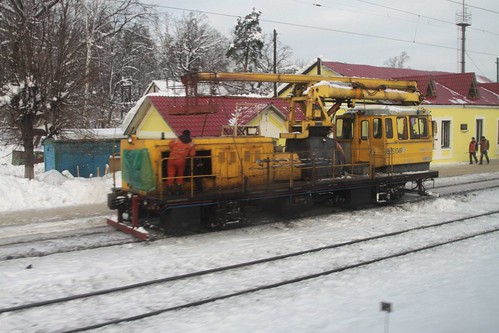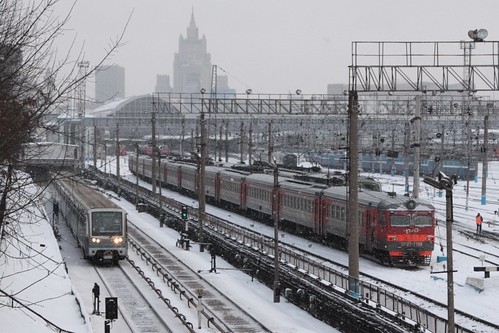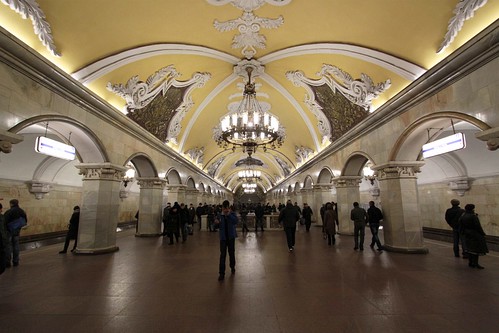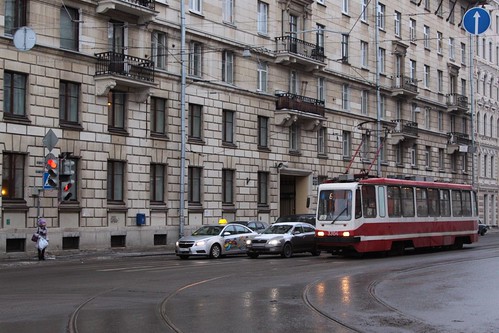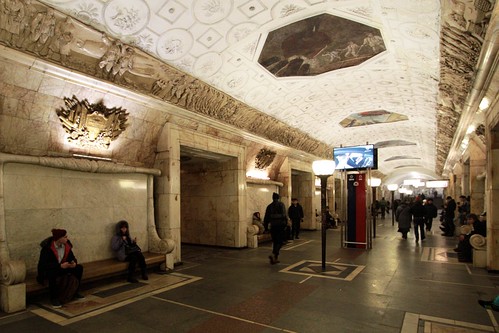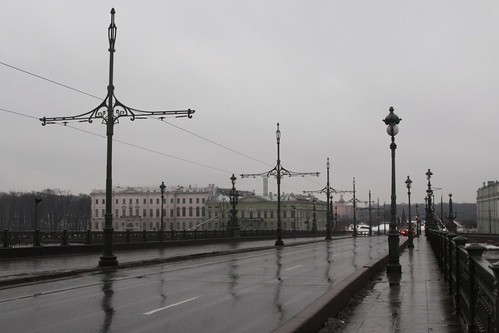- Support Euro Gunzel on Patreon!
Subscribe via email
Join 10 other subscribersTags
- abandoned
- Australia
- Austria
- Bucharest
- Budapest
- construction
- Căile Ferate Române
- Deutsche Bahn
- France
- Frankfurt
- freight trains
- Germany
- heritage railways
- Hungary
- Kiev
- Kiev Metro
- level crossings
- metros
- Moscow
- Moscow Metro
- motoring
- mystery
- Netherlands
- Nizhny Novgorod
- out the train window
- pantographs
- railfans
- rail freight
- rail operations
- railway electrification
- railways
- railways in the snow
- Romania
- Russia
- Russian Railways
- Saint Petersburg
- snow
- Switzerland
- tram stops
- tunnels
- Ukraine
- underground
- urban exploration
- Vienna
- winter
Photos from Flickr
Archives
Recent Posts
Tag Archives: rail operations
Russia’s ‘robotic fire-fighting train’
As well as ‘conventional’ fire-fighting trains used to put out the flames anywhere conventional fire trucks can’t reach, the Russian Railways have also started rolling out a fleet of ‘robotic’ trains that can be used to fight fires in railway […]
Posted in Trains
Tagged emergency services, firefighting, rail operations, Russia, Russian Railways
Leave a comment
Track laying trains of Russia
My my journey across Russia by train I came across a curious looking piece of equipment parked in a siding – a track laying machine. Called a Путеукладчик in Russian, here is a similar machine at work laying track for […]
Posted in Trains
Tagged rail operations, railways, Russia, Russian Railways, track machines, trackwork
Leave a comment
Fire-fighting trains of the Russian Railways
Russia’s rail network stretches the length of the country, from cities to mountainous forests. Fires can happen anywhere – even in the middle of nowhere – so the Russian Railways have their own fleet of fire-fighting trains, to put out […]
Posted in Trains
Tagged emergency services, firefighting, rail operations, Russia, Russian Railways
2 Comments
Inspecting the overhead wires on the Ukrainian Railways
As I travelled across Ukraine by train I noticed a few complicated looking contraptions parked in sidings along the way. With a small platform at the end of a scissor lift, these railcars are used to inspect and repair the overhead wires that power electric trains.
Posted in Trains
Tagged maintenance, rail operations, railway electrification, Ukraine, Ukrainian Railways
Leave a comment
Russia’s three tiers of rail services
Historically the USSR was served by three tiers of rail services: metro, suburban, and long distance. Each operated with a distinct style of rolling stock, even 20 years since the dissolution of the Soviet Union, these three families of train are still visible today across Russia.
Posted in Trains
Tagged Elektrichka, metros, Moscow, rail operations, Russia, Russian Railways, Sapsan
2 Comments
Want a career on the Moscow Metro?
If you have ever wanted to work on the Moscow Metro, going out applying is easy – there are posters scattered all over the network.
Posted in Trains
Tagged Moscow, Moscow Metro, rail operations, railways, Russia, underground
Leave a comment
Traffic lights and Russian trams
Where trams and road vehicles co-exist on public roads, special traffic lights are often provided to give them priority at intersections, and Russian cities are no different.
When bike paths meet a railway level crossing
Recently I asked myself the question – how does a bike path cross a railway? When a road does the same thing, a level crossing has to be built – but I had to look to the Netherlands to see what a level crossing for bikes looks like.
Building blocks of a Soviet metro station
In cities of the former Soviet Union such as Moscow, Saint Petersburg and Kiev, you will find an metro networks filled with ornately decorated underground stations, none of which look the same. But if you look a little deeper at the strcture of each, you will find that each of these stations actually have a common set of building blocks that they all follow.
Posted in Trains
Tagged escalators, Kiev Metro, metros, Moscow Metro, rail operations, Russia, Saint Petersburg Metro, underground
6 Comments
Electric trains, trams and trolleybuses on movable bridges
The Russian city of Saint Petersburg is a located across a collection of islands, divided by the Neva River, and reconnected by a series of lift bridges that allow boats to head upriver. So how do electric trains, trams and trolleybuses make their way across?
Posted in Trains, Trams
Tagged Germany, Netherlands, rail operations, railway electrification, Russia, Saint Petersburg, Turkey
2 Comments




